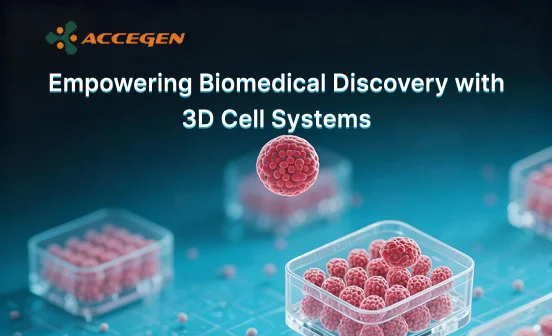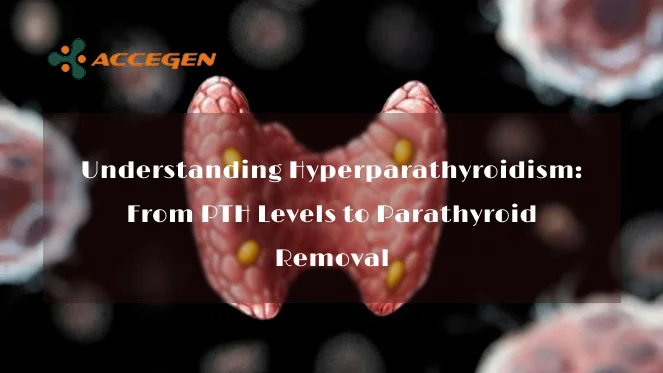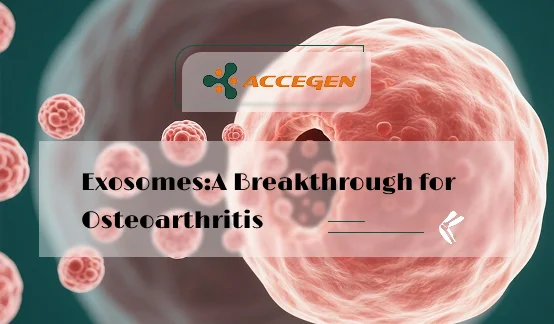- In-Stock Tumor Cell Lines
- Human Orbital Fibroblasts
- Human Microglia
- Human Pulmonary Alveolar Epithelial Cells
- Human Colonic Fibroblasts
- Human Type II Alveolar Epithelial Cells
- Human Valvular Interstitial Cells
- Human Thyroid Epithelial Cells
- C57BL/6 Mouse Dermal Fibroblasts
- Human Alveolar Macrophages
- Human Dermal Fibroblasts, Adult
- Human Lung Fibroblasts, Adult
- Human Retinal Muller Cells
- Human Articular Chondrocytes
- Human Retinal Pigment Epithelial Cells
- Human Pancreatic Islets of Langerhans Cells
- Human Kidney Podocyte Cells
- Human Renal Proximal Tubule Cells
In the 1940s, a medical revolution began when Dr. Sidney Farber achieved the first remission in a pediatric leukemia patient using aminopterin, a precursor to methotrexate. At that time, a childhood leukemia diagnosis was essentially a death sentence, and the idea of treating cancer seemed unrealistic, however Farber dared to challenge that. Working at Boston Children’s Hospital, he tested antifolate drugs in a desperate attempt to slow the disease progress. When a young patient’s white blood cell count dropped and symptoms improved, it brought a first glimpse of hope. This moment proved that cancer wasn’t invincible—and more importantly, science can fight back. Farber’s use of targeted chemicals to suppress cancer cells was radical, earning both praise and criticism, yet it sparked new thinking. His approach laid the foundation for chemotherapy and launched a new era of oncology. In the decades that followed, his work inspired generations of researchers, increased survival rates, and brought pediatric cancer research into the spotlight.
Precise Models for Transformative Research
Building on Farber’s legacy, today, AcceGen empowers researchers with reliable tools. With over 120 rigorously validated leukemia cell models, spanning diverse research applications, we are building blocks for the precise exploration of diseases, drugs, and therapeutic innovation in leukemia biology.
Our CD34+ hematopoietic stem cells are essential for studying blood formation and leukemia stem cell biology. THP-1 monocytes reveal immune responses, and patient-derived iPSCs provide tools for personalized drug testing.
Advancing Targeted Therapies
Key leukemia cell lines, such as K562, HL-60, MOLM-13, and OCI-AML2, support subtype-specific research into drug effects and disease mechanisms. For immunotherapy innovations, models like KHYG-1 (Natural Killer Cell Models) provide critical insights into immune-mediated tumor responses. Specialized lines such as M-07e and HEL support research into rare leukemia forms and blood cell differentiation.
Beyond Cells
In addition to cell sources, AcceGen complements the cell models with gene-editing tools. These resources equip scientists with an integrated platform to unlock the secrets of leukemia and accelerate therapeutic discovery.
On May 30, we honor Dr. Farber—not only for the remission he achieved, but also for the spark he ignited. At AcceGen, we proudly stand with all researchers worldwide, and support the battle from hope to healing. Together, we are writing the next chapter in the fight against leukemia.

Copyright - Unless otherwise stated all contents of this website are AcceGen™ All Rights Reserved – Full details of the use of materials on this site please refer to AcceGen Editorial Policy – Guest Posts are welcome, by submitting a guest post to AcceGen you are agree to the AcceGen Guest Post Agreement – Any concerns please contact marketing@accegen.com








